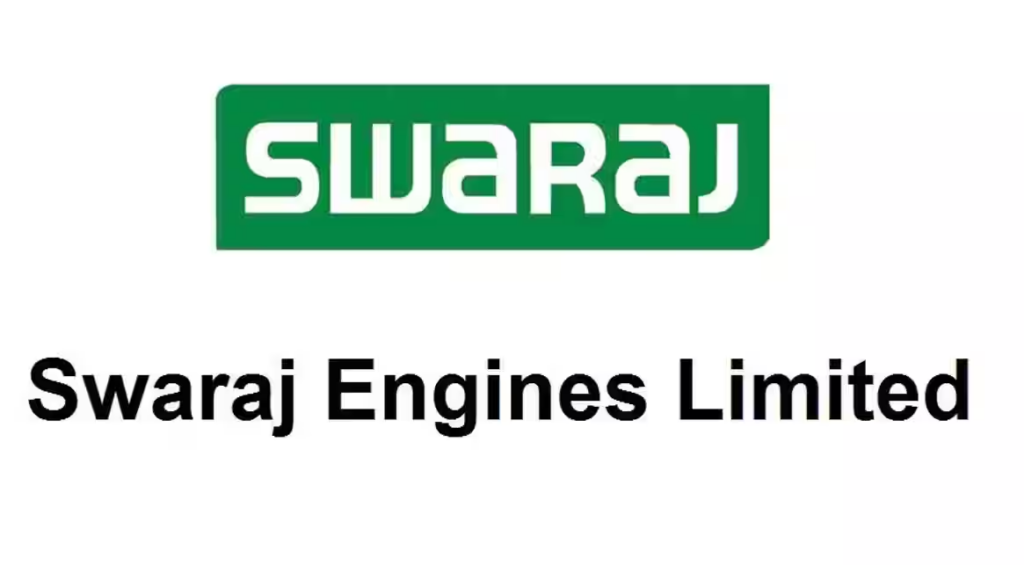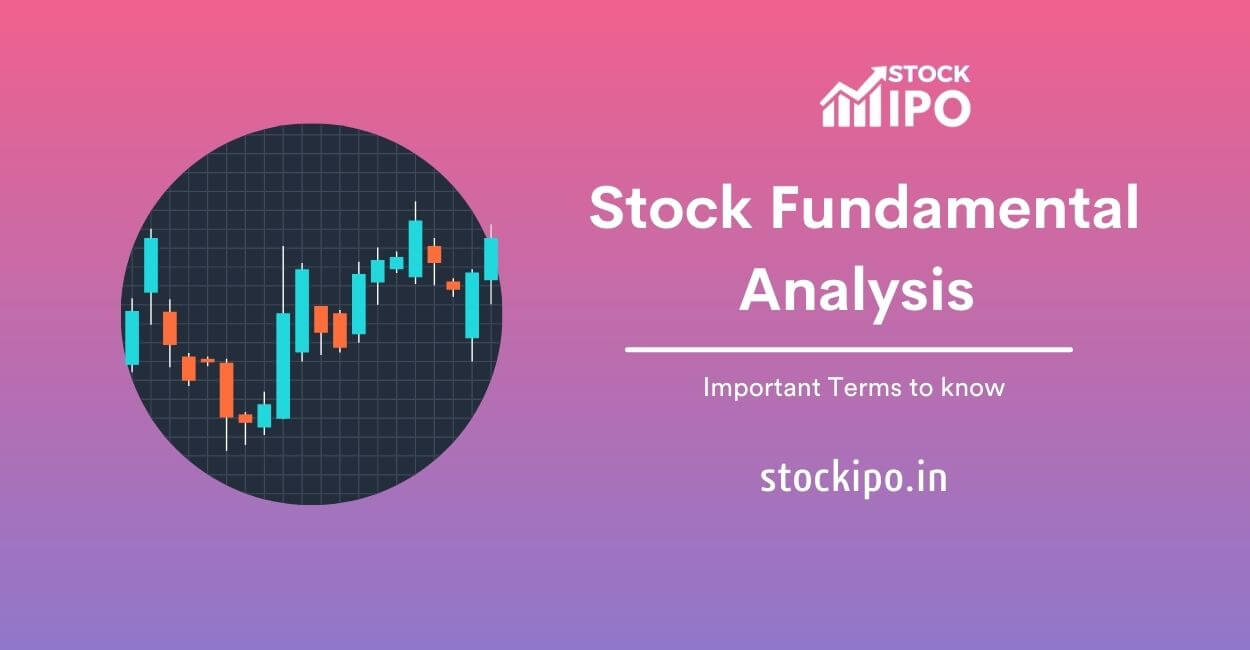The future return potential of those stocks is the first and most important thing that an investor looks for before making any investment decision. An investor can use various tools to assess this, such as Return on Equity (ROE), Dividend Yield, and Earnings Per Share (EPS), among others. The most common is Earnings Per Share (EPS), which represents a company’s shareholders’ share of profits.
Further in this article we are going to discuss the calculation and the significance of EPS along with some of the best EPS stocks, which are worth investing in.
What is Earning Per Share (EPS)?
EPS is a financial ratio that divides net earnings available to common shareholders by the average number of outstanding shares over a given time period. The earnings per share (EPS) formula measures a company’s ability to generate net profits for common shareholders. This guide deconstructs the Earnings per Share formula in great detail.
Formula
Earning Per Share = (Net Income – Preferred Dividends) / End-of-period Shares Outstanding.
For example, XYZ ltd have earned a net income of Rs 1,00,00 in the financial year 2021-22, Out of which Rs 10,000 were given as dividend to the shareholders. No. of outstanding shareholders of the company at the end of the financial year are 9000.
Therefore, as per formula :
EPS = (1,00,000-10,000) / 9000
EPS = Rs 10.
Which means each shareholder has obtained an earning of Rs 10 per share.
Now let’s have a look at High EPS offering stocks in 2023.
1. Chennai Ferrous Industries

Chennai Ferrous Industries Ltd., founded in 2010, is a manufacturer and trader of sponge iron and coal-related products. The company only has one business segment: metals and metal products trading. Currently, the company has shifted its focus to steel and coal trading, as the company’s management believes that demand for steel and coal will increase in the future due to economic and industrial growth.
| Market Cap.(cr) | 50.1 |
| ROE(%) | 158 |
| EPS(Rs) | 14.04 |
2. Life Insurance Corp. India

The Life Insurance Corporation (LIC) is India’s largest insurance provider. In terms of new business premium, it has a market share of more than 66.2%. The company provides both participating and non-participating insurance products such as unit-linked insurance products, saving insurance products, term insurance products, health insurance, and annuity & pension products.
| Market Cap.(cr) | 337,976 |
| ROE(%) | 48.2 |
| EPS(Rs) | 40.06 |
3. Tanfac Industries

Tanfac Industries Ltd, founded in 1972, is a joint sector company promoted by Aditya Birla Group, which owns 25% of the company, and Tamil Nadu Industrial Development Corporation (TIDCO). The company began commercial production in March 1985 and is now one of the world’s leading manufacturers of hydrofluoric acid and its derivatives.
| Market Cap.(cr) | 995 |
| ROE(%) | 48.3 |
| EPS(Rs) | 40.91 |
4. Universus Photo imagings Limited

Universus Photo Imagings Ltd manufactures, trades, and sells photographic and other imaging products. Photographic papers, NTR (non-tearable paper) films, Medical X-ray films, and other products are available from the company. The only manufacturing facility of the company is in the Union Territory of Dadra and Nagar Haveli.
| Market Cap.(cr) | 339 |
| ROE(%) | 46.2 |
| EPS(Rs) | 380.10 |
5. Swaraj Engines

Swaraj Engines, founded in 1989, manufactures diesel engines for tractors ranging from 22 to 65 horsepower, as well as high-tech engine components. Punjab Tractors Ltd. and Kirloskar Oil Engines Ltd. co-founded the company, which expanded its capacity to 42,000 engines per year in 1995.
| Market Cap.(cr) | 1,870 |
| ROE(%) | 37 |
| EPS(Rs) | 19.13 |
6. Jyoti Resins and Adhesives

Jyoti Resins And Adhesives Ltd. is a synthetic resin adhesives manufacturer. The company produces various types of wood adhesives (white glue) under the brand name EURO 7000, which was introduced in 2006 and is now India’s second largest selling wood adhesive brand in the retail segment.
| Market Cap.(cr) | 1,525 |
| ROE(%) | 34.5 |
| EPS(Rs) | 10.12 |
7. Ambika Cotton Mills

Ambika Cotton Mills is a company that manufactures and sells specialty cotton yarn to manufacturers of premium branded shirts and t-shirts. Exports account for a sizable portion of the business. The company operates a compact facility housed in four units with a total installed spindle capacity of 108288 (Previous Year 108288 Spindles) and a knitting facility capable of converting 40,000 Kgs of yarn per day into fabrics.
| Market Cap.(cr) | 790 |
| ROE(%) | 27.9 |
| EPS(Rs) | 245.37 |
8. VST Industries

VST Industries manufactures and trades cigarettes, tobacco, and tobacco products, among other things. VST Industries has a reputable brand portfolio and sells cigarettes in India and abroad under various brands such as Charminar, Charms, Special, Moments, Total, and Editions.
| Market Cap.(cr) | 4,857 |
| ROE(%) | 31.7 |
| EPS(Rs) | 51.15 |
Significance of Investing in High EPS Companies
- Determines Profitability: A company with high EPS is always looked at as a profitable investment. Therefore the company with high Earning per share is regarded as a profitable company. Therefore, it is necessary for the companies to attain continuous growth in order to grow their EPS consistently.
- Determining Valuation: Since Earning per share (EPS) is being used in determining the Price-to-Earning ratio of the company which is the valuation ratio. It comprises the formula: P.E. ratio= Stock Price / EPS.
- Indicator of Dividend Payout: As dividend is the determinant of calculating EPS. As per the formula: EPS: (Net Income – Preferred DIvidend)/ End of shares outstanding. Despite the fact that there is no direct relationship between dividend payout and earnings per share, only companies with consistently stable or growing EPS pay dividends to their shareholders.
Conclusion
Earning per share has become a crucial tool to measure the profitability of the company. But this great advantage comes with a risk. As EPS can get easily manipulated by the companies by reducing the outstanding shareholders’ count , which could lead to the mass exploitation of innocent investors. This limitation can be avoided only if we analyze particular stock through multiple angles such as ROE, dividend yield and P.E ratio etc. Keeping EPS as the only basis of analysis will put one in great risk.







